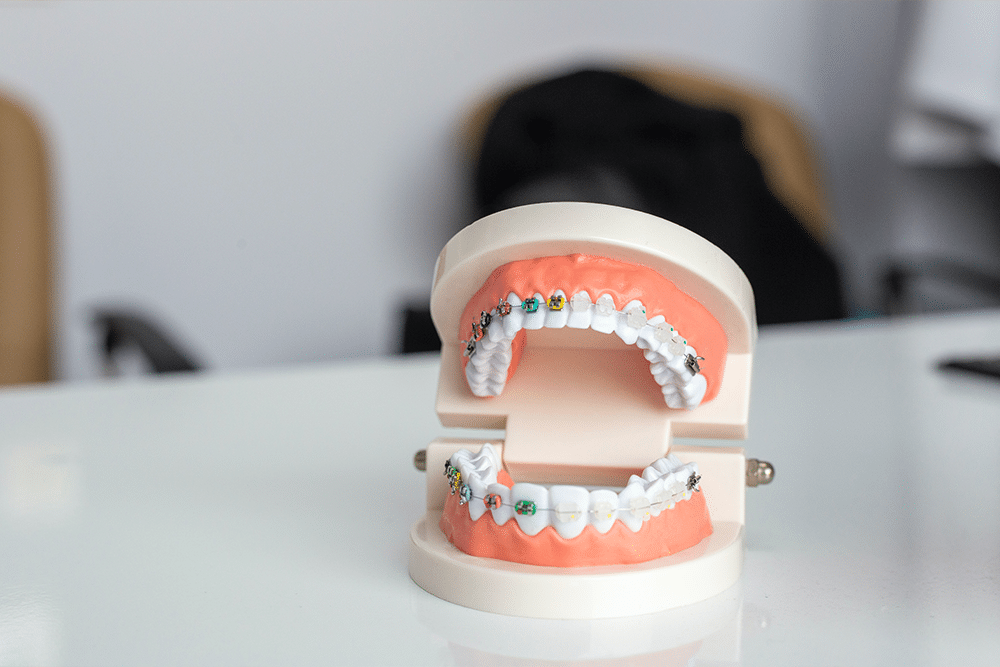In the quest for a beautifully aligned smile, it can be a challenge to determine the best route to take between braces or aligners. At Tebo Orthodontics, we are committed to helping our patients make informed decisions about their course of treatment based on unique needs and lifestyles. This article covers the key differences between braces and aligners to help you be better equipped in making the choice that is best for you.
Understanding Traditional Braces vs. Aligners
Braces:
o Structure and Effectiveness: Braces are comprised of metal or ceramic brackets which attach to the teeth and are connected by wires. Braces are incredibly effective in correcting complex dental issues, including severe misalignment and bite problems.
o Visibility and Care: Traditional braces are more noticeable than aligners, but there are newer, subtler options like ceramic braces. Braces also require meticulous cleaning around brackets and wires.
Aligners:
o Design and Comfort: Clear aligners, like Invisalign, are custom-made clear plastic removable trays. They are less noticeable than traditional braces and can be more comfortable because they do not have any metal components. Aligners will not work for all dental issues though. Traditional braces may be required to address complex dental concerns.
o Convenience and Flexibility: Aligner trays are removed during eating, brushing, and flossing, which offers a level of flexibility that is not possible with traditional braces.
Comparing Treatment Times of Braces vs. Aligners
- Braces: The length of treatment time depends on the complexity of the dental issues that need to be addressed. Most often, braces tend to be worn for about 1-3 years.
- Aligners: The length of treatment time can vary depending on individual needs, but aligners typically require a shorter treatment period of around 6-18 months.
Lifestyle Considerations That May Affect Your Choice Between Braces or Aligners
- Dietary Restrictions: With braces, certain sticky or hard foods must be avoided, whereas aligners allow you to eat more freely since they are removed while eating.
- Maintenance and Discipline: Aligners require more discipline to wear them the recommended 22 hours a day and maintain proper hygiene. Braces are attached to the teeth, which eliminates the need for this type of daily responsibility.
Cost and Insurance Considerations
- Braces: Generally, traditional braces can be more cost-effective and are widely covered by dental insurance.
- Aligners: Aligners, often considered a premium option, can be more expensive and insurance coverage varies. Be sure to check with your insurance provider or ask our team for help finding this information.
Summing up the Facts
Choosing between braces and aligners is a decision that requires consideration of aesthetics, comfort, lifestyle, and budget. At Tebo Orthodontics, we are dedicated to guiding you through these decisions, ensuring that your path to a perfect smile is tailored to your individual needs and preferences.
Your Next Step: To explore which orthodontic treatment is best suited for you, schedule a consultation with Tebo Orthodontics. Our expert team is here to provide personalized advice and help you start your journey to a more confident and radiant smile.





